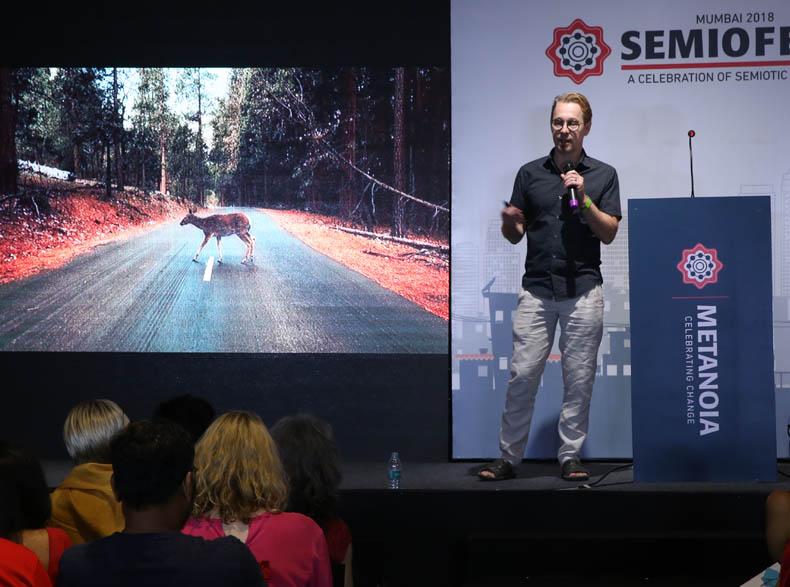What is Applied Semiotics?
Semiotics is the discipline that studies signs, symbols and narratives for their embedded cultural meaning. Semiotics derives from the ancient Greek word semion meaning ‘sign’. It examines representation in the broadest sense, to uncover how ‘this means that’. Semiotics uses a range of frameworks of interpretation to deconstruct meaning and helps us to understand human signs, communication and culture more deeply.
Semiotics is based on the premise that we make sense of our world based on the often subconscious, subtle and implicit cues in our environment. A sign can include ‘signals’, like online notifications, ‘symbols’, like logos or ‘icons’ like a #Selfie – these are signs that influence us. Semiotics helps us to audit and explain the meaning behind words and language. We are all largely conditioned to ‘read’ these signs through the culture we grow up in. A semiotician is skilled at making conscious and visible these unconscious codes. Because meaning cannot be ‘measured’ as such this can be a very hard thing to do but semiotics comes closest to doing it. For many semioticians it is because it is so challenging to do we have got such passion for it..!


Applied semiotics is a branch of semiotics. It is an evidence-based problem-solving tool for insight generation and meaning management. It is not just a philosophy, but always involves rigorous object or media analysis. It is not just a point of view of the Semiotician or an idiosyncratic interpretation. It always involves rigorous analysis of texts – be they objects, products, ads, or other forms of content.
Applied semiotics is deployed predominantly by agencies and consultants in brands and marketing since communications and design is where semiotic insights have thus far proved to be of most value.
The best semioticians qualitatively interpret and synthesize a plethora of data sources and ‘texts’ in order to equip business owners and decision-makers with provocative, actionable perspectives on their brand and competitive set, category dynamics or changes in the prevailing consumer culture.
We seek to create a forum where semiotic theorists,
practitioners, consultants researchers and students
can come together for mutual learning.

The sorts of applications we have seen most often at Semiofest tend to be about:
- People
- Advertising Research
- Innovation and NPD
- Product Design
- Cultural Analysis
- Social Innovation
- Quantitative Big Data
- Sensory, Experiential
- UX / Interface Design
- Emergent Cultural Codes
- Methodological Innovation
At Semiofest we don’t wish to limit the scope of presentation topics. We welcome and seek to celebrate applications of semiotic thinking to any business, health, or social problem; as we have done at previous conferences. Our only criteria for our paper selection is they demonstrate high quality semiotic thinking, bringing insight.

